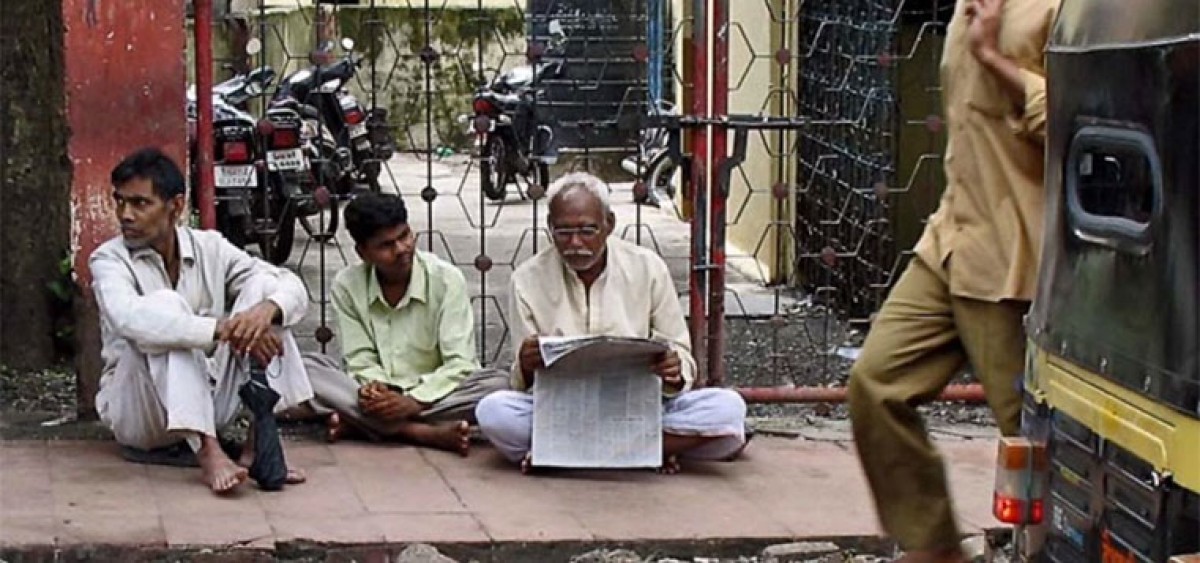The Growth Of India’s Newspaper Industry

In a global climate of declining newspaper sales, India’s news publications appear to be holding fast.
India has a growing and constantly changing newspaper market, with daily circulation up from 150 million in 2002 rising to 264 million in 2014; it is expected to continue to rise in the coming years. However, the newspaper industry in India hasn’t always enjoyed increasing readership. India’s newspaper industry has faced restrictions because of state censorship, a lack of investment and the challenge of language were all barriers faced by the industry.
The years between 1991 and 2006 belonged to the television and Internet in India and this changed the habits of the nation, seeing the country’s population hungry for more media choices.
The rapid expansion of the Internet was accompanied by a newspaper revolution. Growth in technology and the importing of new printing equipment meant that it was becoming commercially viable for newspapers to be printed in a variety of regional languages rather than predominantly either in Hindi or English.
The availability of newspapers in different languages has meant that India’s newspaper market appeals to millions of non-English speakers. It is predicted that by 2017, the revenues for non-English papers will overtake that of English newspapers for the first time ever.
Increasing literacy rates across India has driven the localisation of newspapers, made possible by the changes in printing technology. The increasing literacy rates in rural areas of India has seen the investment in newspapers grow, and often, the greatest increase in circulation of newspapers has been in areas with increasing literacy rather than increasing economic power. By reading a newspaper people, who had been previously denied, have been given an opportunity to be involved in civic and political participation. Kerala is one such example. Throughout the twentieth century, this was an area with some of the highest literacy rates in India. There was also a strong sense of political involvement amongst the people, and the newspaper readership per 1000 was well above the national average for India, yet the average income for Kerala was below the Indian national average. This shows that rather than newspapers being a sign of the elite, they are now seen as a mass medium, and a way for Indian citizens participating in national affairs.
Underwriting the localisation of India’s newspapers is media advertising, which has grown alongside newspaper circulations. The growth of media advertising meant that Indian newspapers began to receive investment, and this made the decentralisation of news possible. Indian media consumers were first targeted by incentives via television in the early 1990’s, but this soon spread to print media, when it was discovered how lucrative incentives and gifts for readers could be. Incentives are often offered in order to increase circulation. The Dainik Bhaskar, one of the most popular newspapers in India, spent 15 million rupees to tempt newspaper subscribers with a plastic chair in Chhattisgarh.
Perhaps the biggest reason why newspapers across India have continued to increase their circulation is due to the political engagement that they allow.
For people who were previously marginalised, or unable to contribute to political debates, newspapers have provided an opportunity to engage with politics at both a regional and national level. This suggests that as the population of India continues to become more upwardly mobile, the growth of newspapers will continue, with the only question remaining: how long can this growth be sustained?

